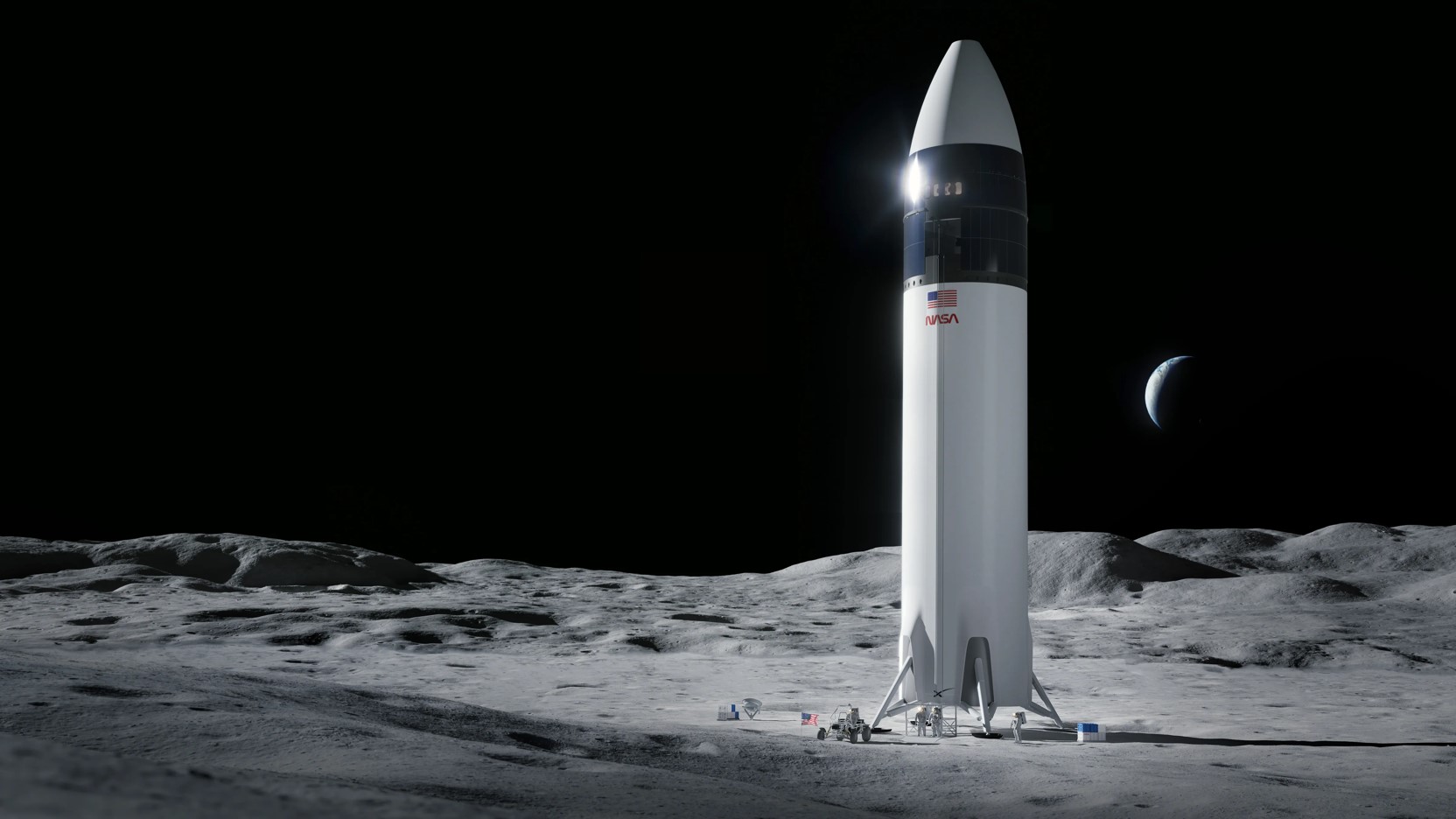NASA promotes collaboration with Mexico for missions to the Moon

MEXICO - The Deputy Administrator of the U.S. National Aeronautics and Space Agency (NASA), Pam Melroy, visited Mexico to participate in the U.S.-Mexico Cooperation in Astronomy Conference.
During an interview with the EFE news agency, she announced plans for annual trips to the Moon and stressed her interest in strengthening collaboration with Mexico in the space field.
“We are going to try to go to the Moon once a year before the end of the decade, so that we can go to the Moon consistently and take big steps on each trip,” he added.
The difference with the Apollo missions, which took mankind to the satellite six times between 1969 and 1972, is that those were temporary camps and now what is sought is a longer stay.
“They (Apollo) stayed for a few days at the time, now we are talking about building a space station around the Moon to help us have a logistical apparatus,” explains Melroy in conversation at the Benjamin Franklin Library in the Mexican capital.
This is much more complex and challenging architecturally and in terms of supply quantities that will need large spaces to store enough food, large-scale fuels and all the logistics needed for telecommunications systems.
“There are many issues, but each of our key partners has come to the table with interest in a specific area, I hope Mexico finds what it wants to be on the Moon,” he said.
Melroy is a retired U.S. Air Force officer and astronaut who currently holds the second highest position within NASA, a position in which she participated in a conference with the head of the Mexican Space Agency (AEM), Salvador Landeros.
The settlement on the Moon would be key as a preliminary step to a potential human arrival on Mars, a base with which to start working on this new space adventure.
“I hope that by the end of the 2030s we will be ready to start building and planning to go to Mars, to go in the 2040s, that is my prediction”, predicted the director.
Melroy also insisted that these projects will not be exclusive to the United States but in cooperation with international partners, although meeting the deadlines will depend a lot on economic investment.





